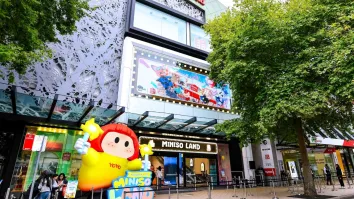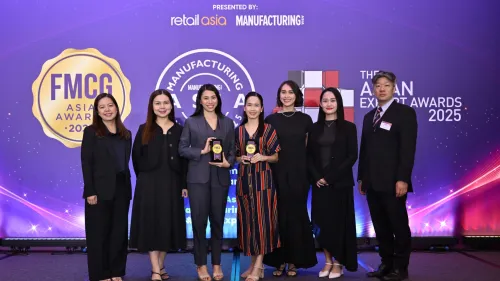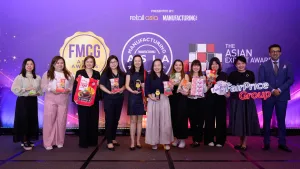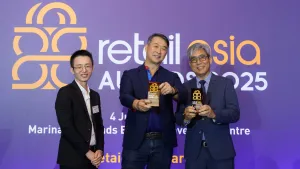Why Athleisure's Pulse is Racing in Southeast Asia
By Anindhitha ManiathWhen COVID-19 disrupted our lives a few years ago, consumers swapped their skinny jeans and trouser suits for comfy leggings and joggers and haven’t looked back since. Athleisure has taken the world by storm, and consumers in Southeast Asia love it.
Combining functionality with comfort has become a priority
Combining functionality with comfort has been a priority for consumers lately, boosting demand for athleisure or sports-inspired sportswear. Examples of items that have become wardrobe staples of Southeast Asian consumers since the pandemic include leggings, tracksuit bottoms, trainers, sports bras and hoodies.
Although the fashion industry struggled after the COVID-19 outbreak, athleisure and activewear brands emerged as winners. Consumers turned to these comfortable and functional pieces of clothing during lockdowns, and it’s safe to say that this trend is here to stay.
Sports-inspired sportswear is not only forecast to account for 57.9% of the region’s total sportswear market size, but it is also expected to remain very dynamic and see a 9.5% retail value CAGR over the forecast period (2023-2027).
Impact of health and wellness on wardrobe choices
First and foremost, the ever-growing athleisure trend in the region stems from consumers’ increased focus on their health – both mental and physical – and the general wellness trend that’s been around since the pandemic. The pandemic led to many of us rethinking our choices and putting in effort to lead healthier lives. Many consumers took to exercising more often, eating more nutritious food and making various other routine changes to help boost health and wellness. This, in turn, is great for the athleisure market, as it drives demand for comfortable and functional clothing that is suitable for both exercise and leisure. Additionally, as people’s desire to lead a healthy lifestyle is not expected to diminish anytime soon, the athleisure market can continue to reap the benefits of this in the foreseeable future as well.
Hybrid working policies further drive the casualisation of dress codes
Hybrid working policies and the greater acceptance of remote working are further fuelling the casualisation of dress codes and widely contribute to the popularity of athleisure.
With more and more people continuing to work from home or in less formal environments in the future, there is less of a need for traditional business attire and formal clothing, which allows consumers to dress in more comfortable and versatile options that can be worn on and off the job.
Southeast Asia offers plenty of opportunities for versatile fashion items
Evolving lifestyles since the pandemic have put comfort at the top of the list of consumers’ priorities in Southeast Asia and, according to Euromonitor International’s Voice of the Consumer: Lifestyles Survey, 40.3% of online consumers in the region are willing to pay more for comfortable clothing in 2023. This prioritisation of comfort is seen amongst both males and females as the survey reveals that, out of all respondents willing to pay more for comfort, 48.6% are male and 51.4% are female. As more and more consumers prioritise clothing that allows them to move freely and feel their best self, brands in the athleisure space will continue to flourish as their garments are designed with comfort as a priority.
In that context, fashion brands in Asia, whether fast fashion or luxury, will continue to bank on athleisure. For example, the world’s largest sportswear player, Nike, has been growing its ecosystem to reach out to consumers in Southeast Asia since 2021, rolling out the Nike app, Nike.com, and SNKRS Web, opening more official Nike stores and expanding its presence on key digital partners, such as Lazada.
The region has also seen the emergence of many local brands, like Cheak (previously known as Butter) from Singapore, AUM Apparel from Indonesia and TA Active from Thailand, that cater to the increase in demand for such clothing items.


















 Advertise
Advertise





